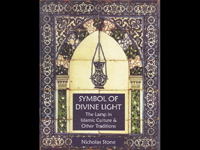Sacred Art
Sacred art can be found in virtually every culture of the world and is the product of a spiritual sensitivity which seeks to express the divine in material representation. Its forms are as diverse as paintings, illuminated manuscripts, mandalas, arabesques and geometric patterns, carpets, mosaics and decorative arts, and sculptures. The basic principles of sacred art reflect a complex interplay between colour, design, pattern, symbolism, proportion and harmony.
Mandala Symbolism
Carl Jung
Princeton University Press (1972)
The Sanskrit word ‘mandala’ literally means ‘circle.’ Carl Jung studied and painted mandalas and used them in his therapy sessions with patients. In this seminal book he discusses the symbolism and spiritual significance of the mandala.
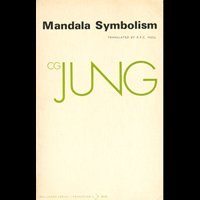
Mandala
José and Miriam Argüelles
Shambala (1972)
This fully illustrated volume examines the universality and principles of the mandala as an art form, visualization tool and symbolic system, using examples from many of the world’s spiritual traditions.
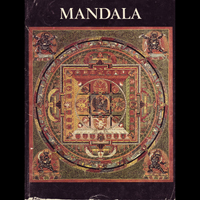
Cosmic Art
Raymond Piper and Lila Swann
Hawthorn (1975)
Cosmic or transcendental art originates when an artist expresses an awareness of a larger, unseen spiritual reality. This collection includes artistic works from various countries of the world and different time spans.
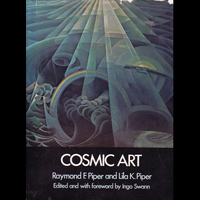
Yoga Art
Ajit Mookerjee
Thames and Hudson (1975)
The abstract and geometric images of Yoga art are based on complex systems of colours, numbers and proportions. These basic design elements create visually compelling images in the form of meditative patterns, mandalas and yantras.
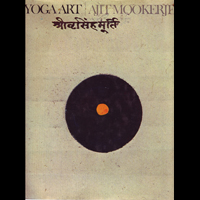
Art of Islam
Titus Burckhardt
World of Islam Festival Publishing (1976)
Art of Islam explores the spiritual dimensions and transcendental meaning of Islamic art using examples from calligraphy, paintings, mosaics, arabesques, carpets and mosques.
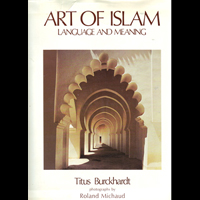
The Book of
Kells
Peter Brown
Thames and Hudson (1980)
The Book of Kells is the most spectacular of a group of manuscripts created in Ireland between the 7th and 10th centuries A.D. Considered a masterpiece of medieval art, the intricate design and impeccable technique of this work of sacred art is endlessly fascinating and spiritually uplifting.
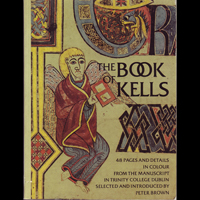
Zen Art for
Meditation
Stewart Holmes and Chimya Horioka
Charles E. Tuttle (1981)
The great early Zen masters of ink painting in China and Japan created “landscapes of the soul.” They represent acts of intense contemplation, attempts to comprehend the essential nature of the universe and the meaning of individual existence.
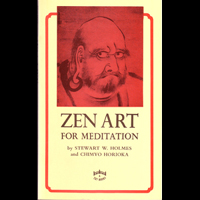
Unfolding
Through Art
Namgyal Rinpoche
The Open Path (1982)
Namgyal Rinpoche was a Canadian teacher of Buddhism who utilized art and creativity as a path of spiritual development. An exploration of the nature and principles of transformative art is accompanied by examples of Rinpoche’s own art.
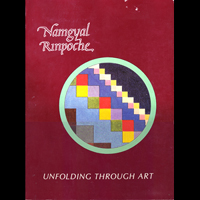
Buddhism:
Art and Faith
W. Zwolf, ed.
Macmillan (1985)
The book features important works from the collection of Buddhist art in the British Museum. A survey of Buddhist history and teachings is illustrated by paintings, sculptures, prints, pottery, manuscripts, images and textiles.
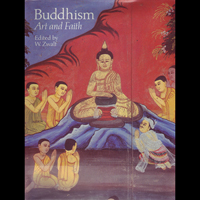
The Realm
of Tibetan Buddhism
Li Jicheng
China Books (1985)
One of the expressions of Tibetan Buddhism, pointing to the essence of its esoteric teaching, are works of sacred art. The art works contained in this volume, originating from sites in Tibet, are considered rare and valuable cultural artifacts.
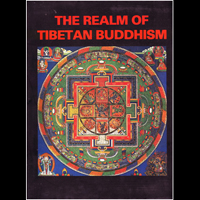
Islamic Art
and Spirituality
Seyyed Nasr
State University of New York Press (1987)
The art forms of Islam are inspired by a science and an understanding of nature based not on the outer appearance of things, but on their inner reality. In a series of essays, Nasr shows how a comprehension of the spiritual significance of beauty can serve as the source of inspiration for the creation of sacred art.
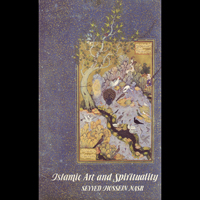
Zenga: Brushstrokes
of Enlightenment
John Stevens and Alice Rae Yelen
New Orleans Museum of Art (1990)
Zenga is a collection of ink paintings and calligraphy by Japanese monks and masters which impart a message of profound wonder and respect for the natural order.
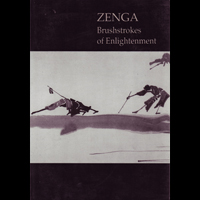
Islamic Art
Barbara Brend
British Museum Press (1991)
From the Alhambra to the Taj Mahal and the Dome of the Rock, Barbara Brend traces the development of classic Islamic art - mosques, calligraphy, paintings and the decorative arts - from the 7th through to the 20th century.
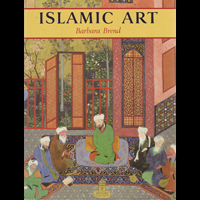
Oriental Carpet
Design
P. J. Ford
Thames and Hudson (1992)
One of the most beautiful art forms in the world is the oriental carpet. With over 800 outstanding reproductions, this volume is a comprehensive guide to traditional carpet motifs, patterns and symbols.
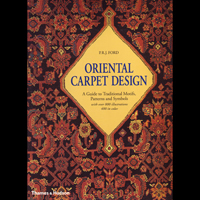
Mandala: The
Architecture of Enlightenment
Denise Leidy and Robert Thurman
Shambhala (1997)
Sacred mandalas, the cosmological diagrams of Hinduism and Buddhism, have captured the imagination of Westerners for centuries. The images, drawn from Tibet, Nepal, Japan and Southeast Asia, are both religious symbols and superb artwork.
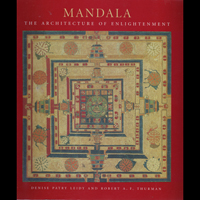
Sacred Art
in East and West
Titus Burckhardt
Fans Vitae (2001)
In a series of essays, scholar Titus Burckhardt examines the meaning, symbolism and spiritual use of sacred art as expressed through Christianity, Islam, Hinduism, Buddhism and Taoism.
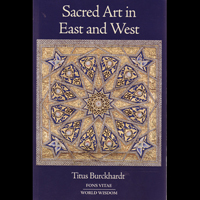
William Blake
Robin Hamlyn and Michael Phillips
Harry N. Abrams (2001)
William Blake was one of the greatest British artists in history and provided an enormously varied range of visual works - including prints, illuminated books, drawings and paintings. All of his works reflect an underlying spiritual perception and sensitivity.
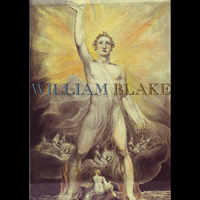
Yantra: The
Tantric Symbol of Cosmic Unity
Madha Khanna
Inner Traditions (2003)
The yantra is both a complex metaphysical symbol and a tool of magical ritual and meditation. It is used in Tantra and Kundalini yoga to aid practitioners in their spiritual journey to self-realization.
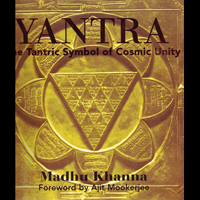
Painted Labyrinth:
The World of the Lindisfarne Gospels
Michelle Brown
The British Library (2004)
The Lindisfarne Gospels is one of the finest works in the unique style of Hiberno-Saxon or Insular art. This illustrated book describes the history and production of this beautiful medieval manuscript, as well as introducing new findings about it.
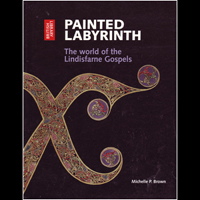
Treasures
of Islam
Bernard O’Kane
Duncan Baird Publishers (2007)
The Islamic world has produced countless examples of sacred art throughout the centuries. Islamic artists used diverse art forms such as paintings, calligraphy, geometric forms, jewelry, illuminated manuscripts and mosaics to symbolize the divine through the harmonious use of colour, pattern and proportion.
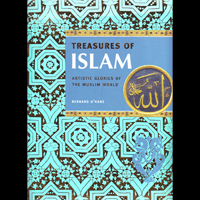
Islam: Art
and Architecture
Markus Hattstein and Peter Delius
H.F. Ullmann (2007)
The diversity of artistic expression in Islamic art is captured in this beautifully illustrated book, which explores the rich creativity of Islamic art and architecture from Moorish Spain to India, from the time of the Ottoman empire to the present day.
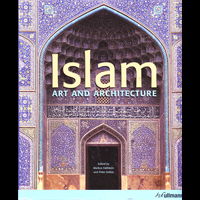
The Art of
Buddhism
Denise Leidy
Shambhala (2008)
In this comprehensive survey of Buddhist art, art historian Denise Leidy provides an accessible and informative overview of the many expressions of the life and teachings of the Buddha through paintings, calligraphy, sculpture, fresco, brushwork and textile arts.
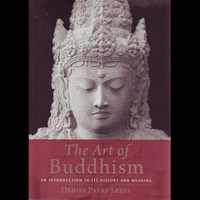
True Perception:
The Path of Dharma Art
Chögyam Trungpa
Shambhala (2008)
Tibetan Buddhist teacher and artist Chögyam Trungpa calls “dharma art” any creative work that springs from an awakened state of mind. He shows how the principles of dharma art extend to everyday life by opening one's awareness to the phenomenal world.
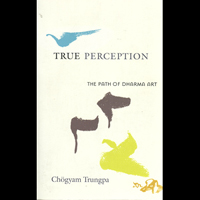
Mandalas of
Bali
Dewa Nyoman Batuan
Michael Wiese Publications (2009)
The book features the mandalas of Balinese artist Dewa Nyoman Batuan, whose beautifully hypnotic designs draw the observer inward to contemplate the wonders of the physical and spiritual worlds.
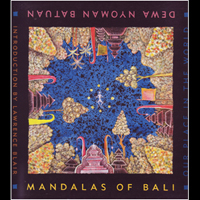
Tao Te Ching:
An Illustrated Journey
Stephen Mitchell
Frances Lincoln (2009)
Lao Tzu’s Tao Te Ching is a guide to the art of living in harmony with the Tao or essence of the universe. Mitchell's translation is accompanied by classic Chinese paintings chosen by Asian art expert Stephen Little.
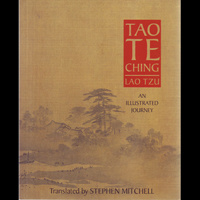
Klee
Donald Wigal
Parkstone Press (2011)
Paul Klee was a prolific German artist with an unmistakable style, impressive vision and spiritual depth. The book presents many of Klee’s most acclaimed paintings spanning the period 1913-40.
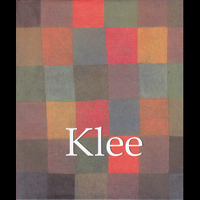
Kandinsky
Hajo Düchting
Taschen (2012)
Wassily Kandinsky once wrote that “art has much in common with religion.” He was a highly influential and revolutionary painter whose compositions expressed his inner world through striking geometrical forms and patterns.
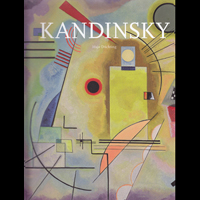
Miró
Janis Mink
Taschen (2012)
Spanish artist Joan Miró produced a body of work that reached out to mythic dimensions, “touching upon universal essences and rhythms.” Many of his archetypal images are almost childlike, and full of wonder, humour and playfulness.
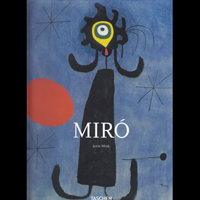
The Pure Joy
of Being
Fabrice Midal
Shambhala (2017)
The volume brings together traditional Buddhist art with inspirational text describing the story of the Buddha and the practice of meditation. The beautiful iconic images are drawn from the great civilizations of Asia spanning the 2nd century BCE to contemporary times.
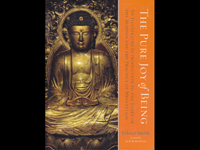
Symbol of Divine
Light
Nicholas Stone
World Wisdom (2018)
Architect Nicholas Stone surveys the history of the mosque lamp in Islamic culture and other spiritual traditions – Jewish, Christian, Zoroastrian, Hindu and Buddhist. The more than 200 colour and b&w images illuminate the meaning and significance of this timeless symbol of Divine Light.
